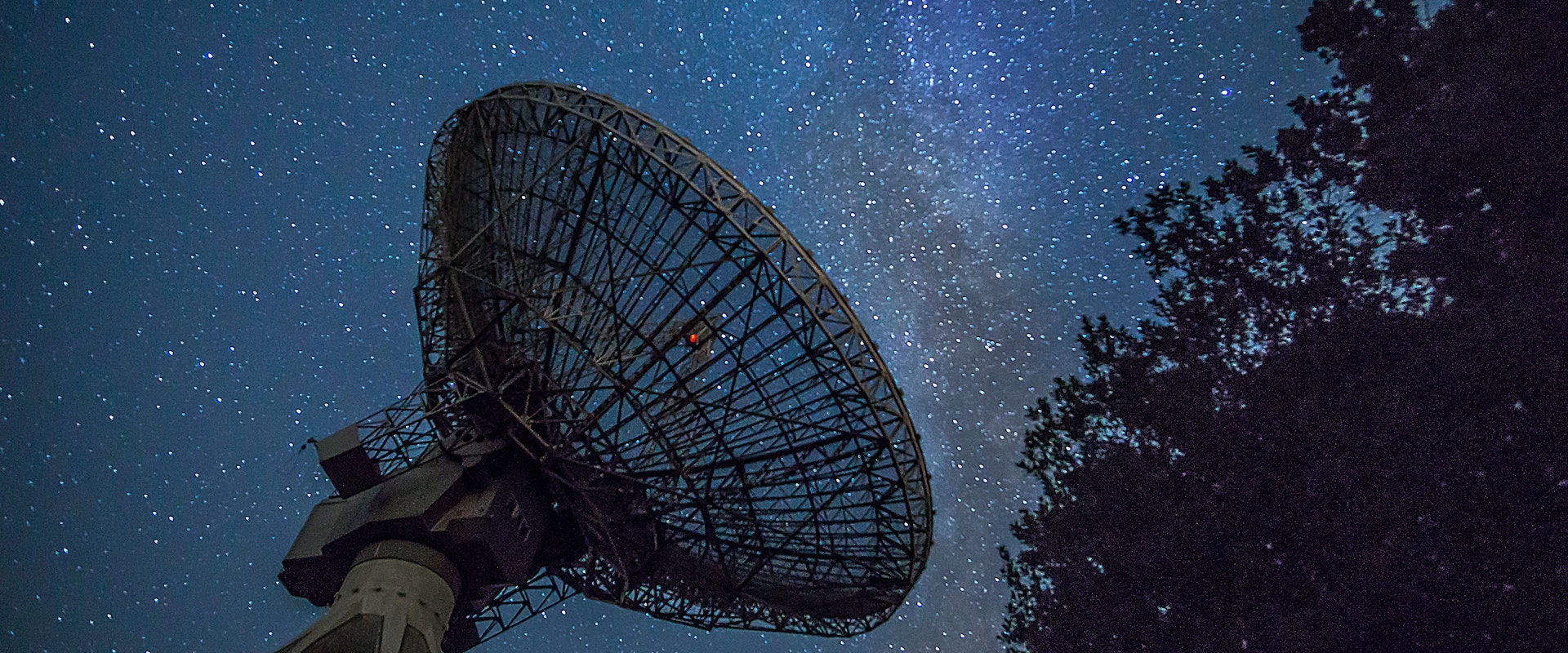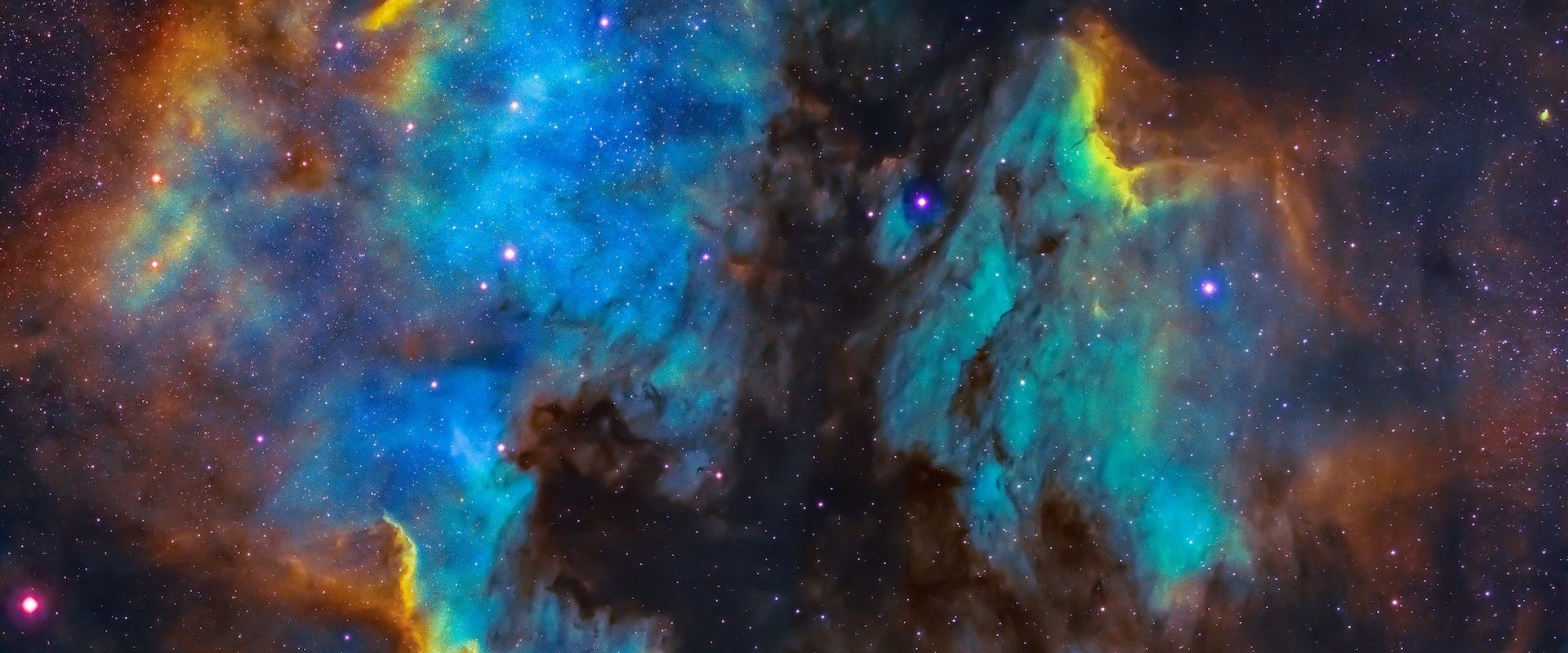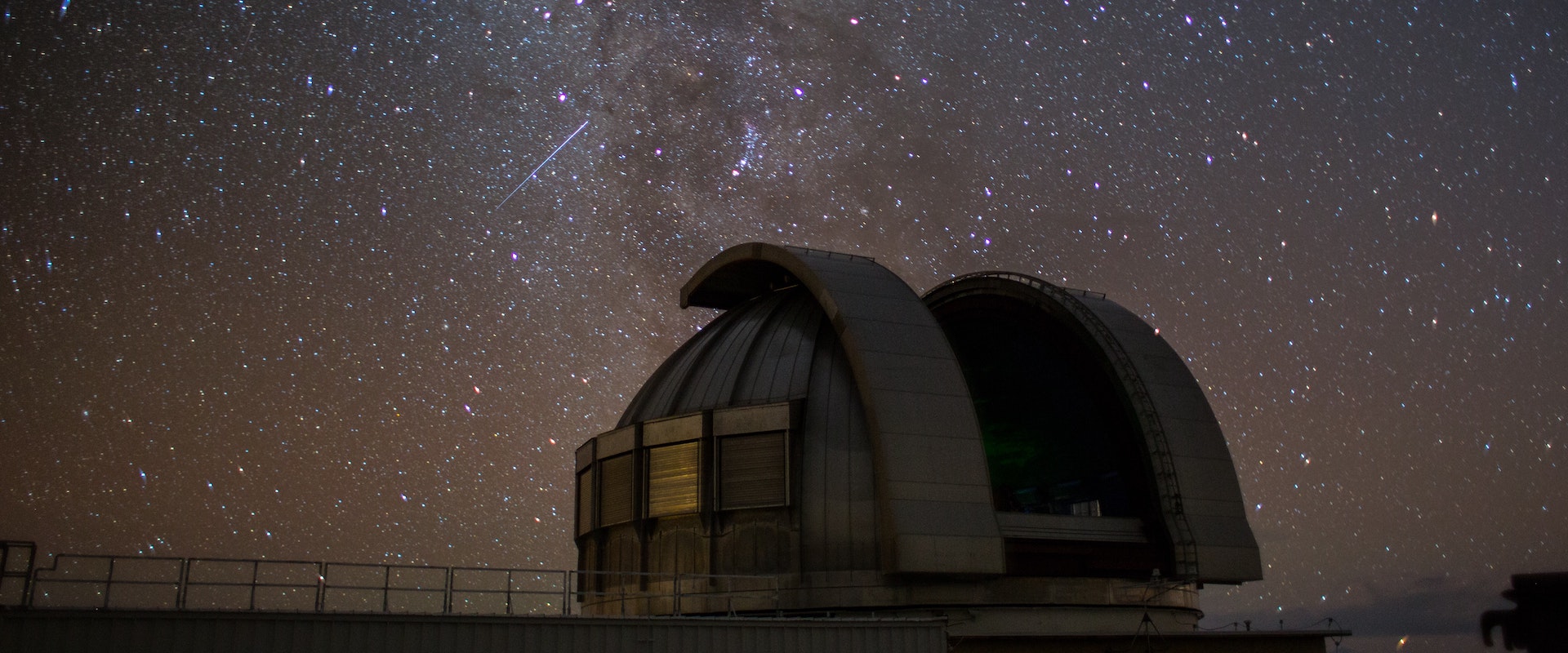Contents
Astronomical Knowledge and Techniques
There are several types of beginner astronomy that one can explore. Visual astronomers use telescopes or binoculars to view planets, stars, and galaxies whilst Astrophotographers capture stunning images of the night sky. Expand your understanding of the universe and its wonders.
Astronomy Targets for Amateurs
The night sky offers a fascinating view of celestial objects that can captivate anyone's attention from galaxies to planets, comets to constellations. Stargazers can also witness the awe-inspiring beauty of the Milky Way galaxy, a vast and magnificent expanse of stars, gas, and dust that stretches across the sky.
Amateur Astronomy Equipment
To start astronomy, you will need a A beginner telescope with a 60-70mm aperture, a tripod, and some basic accessories like eyepieces and star charts. As you progress, you may consider investing in additional equipment, such as a camera or filters, but these basics will get you started on your astronomical journey.


